| T O P I C R E V I E W |
| Lenny |
Posted - 08/03/2015 : 02:46:54
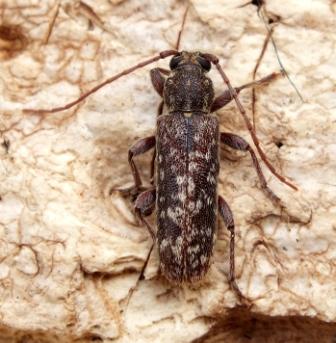
35.74 KB
East Thailand, Ceresium rotundicolle?
16 mm
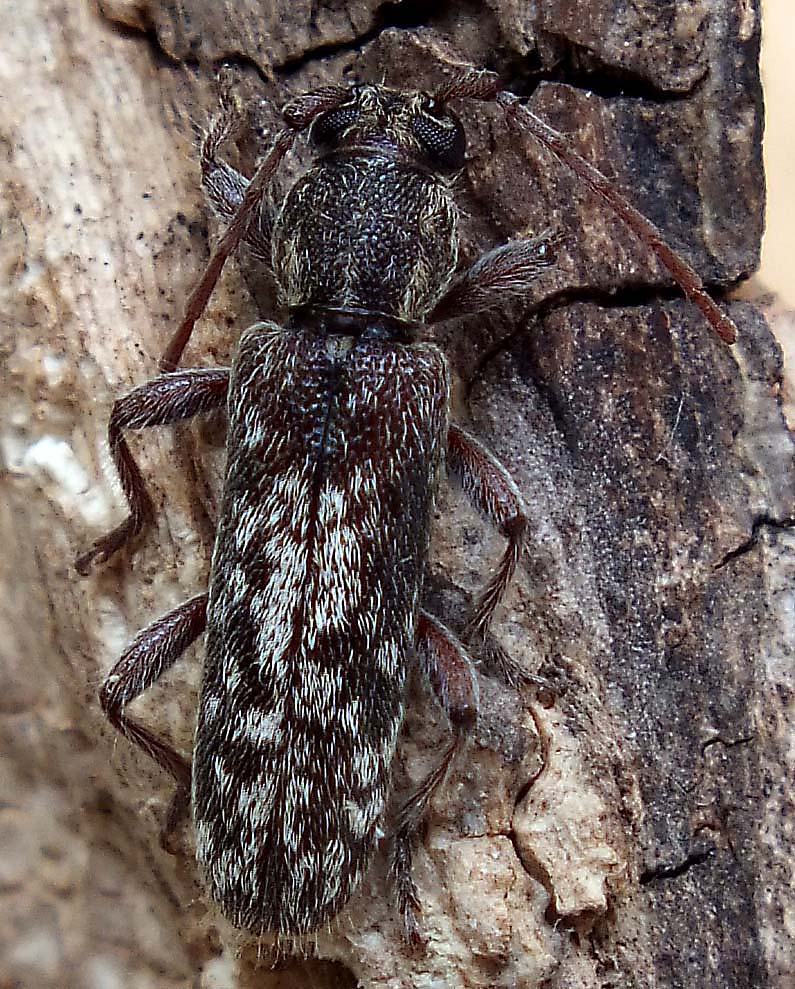
212.11 KB
Another |
| 15 L A T E S T R E P L I E S (Newest First) |
| Xavier |
Posted - 10/05/2017 : 18:33:12
I think it is Vientiana maculosa Holzschuh, 2016, a new genus of Callidiopini recently described from Laos (Vientiane).
This species was unknown from Thailand (female unknown too). |
| Xavier |
Posted - 08/05/2017 : 11:38:39
Hesperophanes guerryi Pic has a length of 25 mm (in description), with antennae longer than the body (for a male, I guess): it is a quite big species.
Lenny's specimen is 16 mm; my 3 specimens caught north Thailand are about 10 mm, 12,5 mm and 15 mm. Not sure they can be H. guerryi |
| Francesco |
Posted - 13/03/2015 : 18:46:37
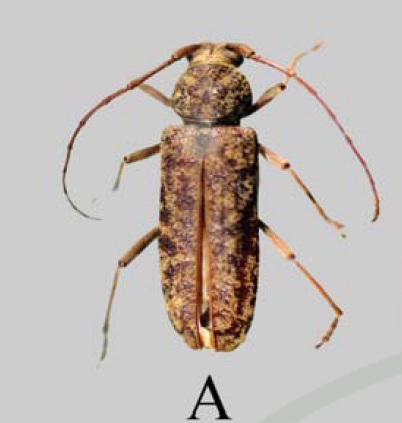
32.85 KB
This is Hesperophanes erosus figured in the Ponpinji's thesis (2011)...
I do not known if the ID is right, but it is not your species. |
| Xavier |
Posted - 13/03/2015 : 17:38:31
Description of Hesperophanes guerryi Pic fits well, but without the type, no way.
In few months, I could try to make a picture of it at MNHN-Paris. |
| Lenny |
Posted - 13/03/2015 : 03:22:48
Thank you Xavier.
Unfortunately I am unable to translate the articles. |
| Francesco |
Posted - 11/03/2015 : 15:46:06
Thank you very much, Xavier... I hoped in your collaboration! 
This species seems to correspond to Trichoferus robustipes Holzschuh, 2003, whose description states:
"The new species differs from all congeners in the length of the antennomere III, the longest article.
The same character is present in H. erosus Gahan [Myanmar], which shows a more rounded pronotum, with bands of pubescence and more punctured elytra, with two raised longitudinal lines"... this might be your species!"
Trichoferus guerryi is also very similar... |
| Xavier |
Posted - 11/03/2015 : 14:17:33
and the second one ;
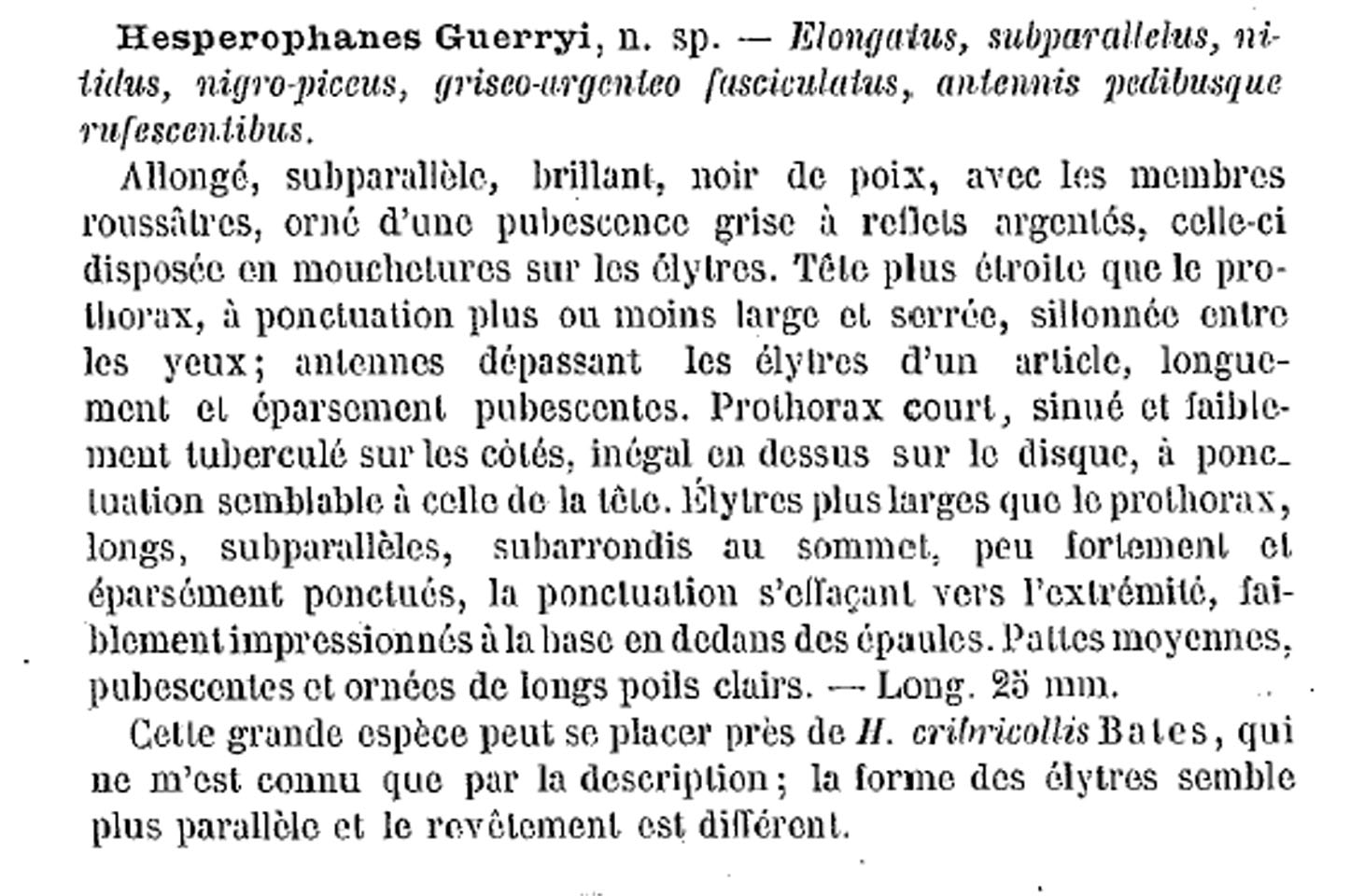 |
| Xavier |
Posted - 11/03/2015 : 14:12:47
For helping :
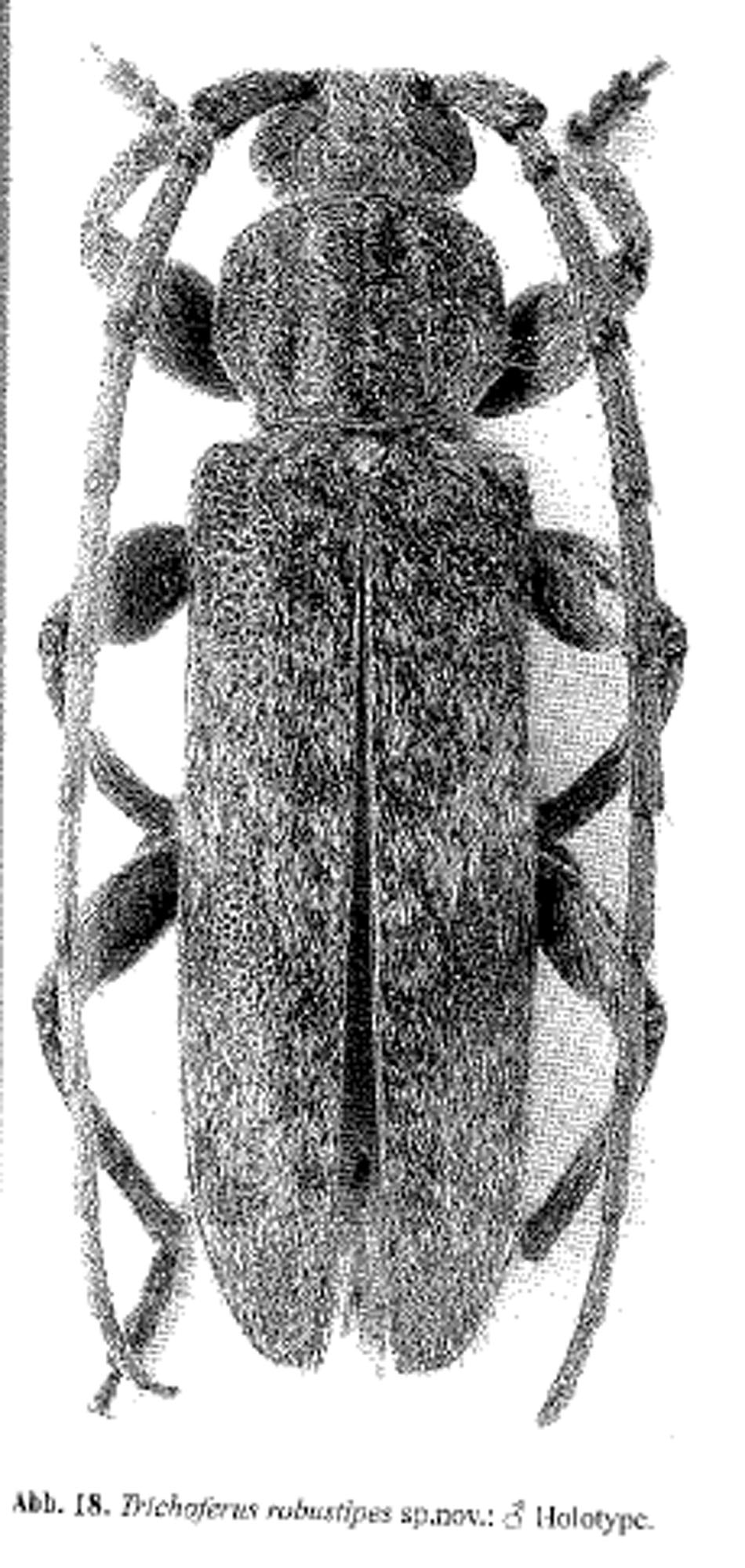
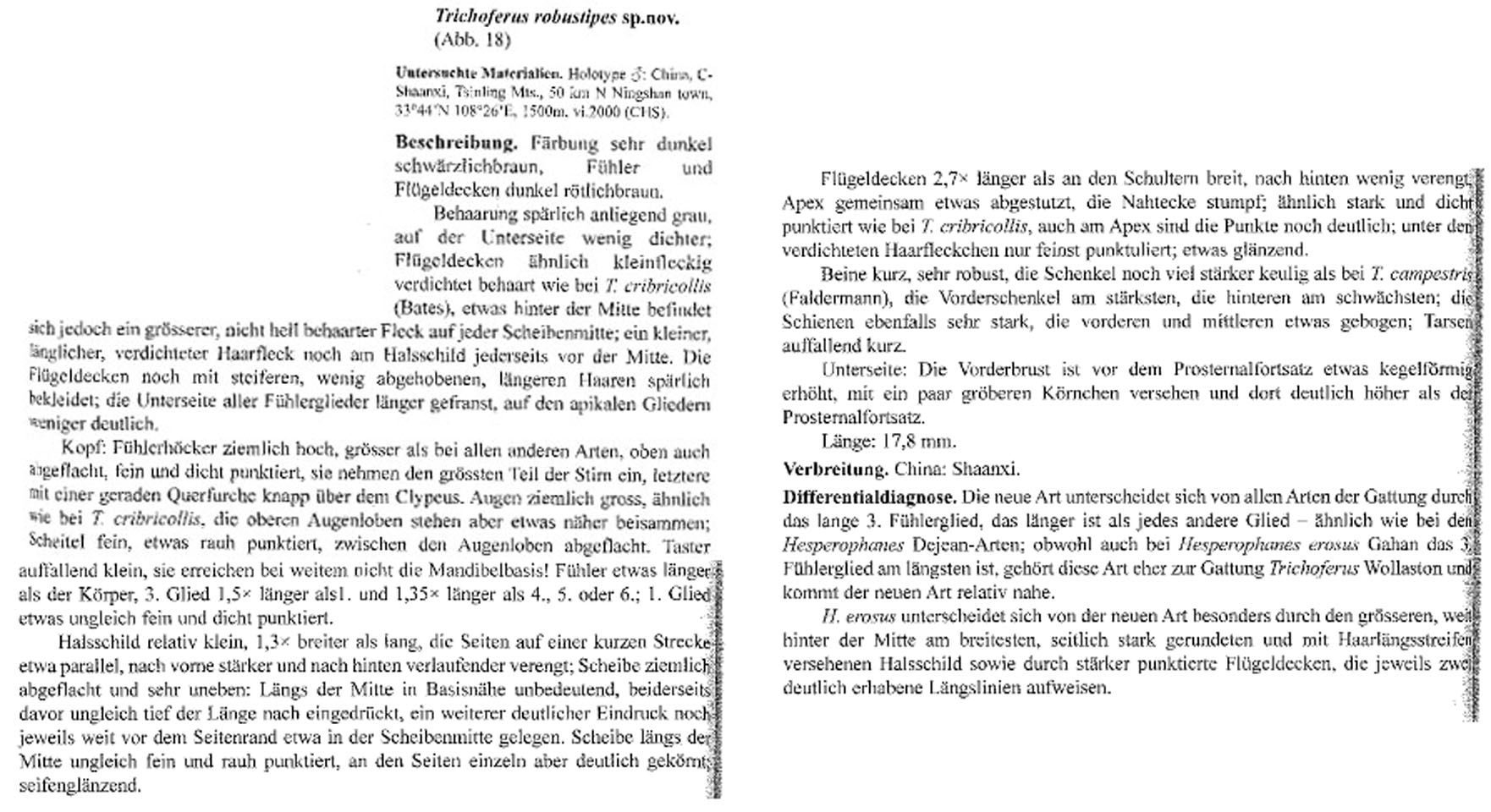
Trichoferus robustipes Holzschuh, 2003 |
| Lenny |
Posted - 11/03/2015 : 02:08:09
OK Francesco, I will try to collect more. None came last night. |
| Francesco |
Posted - 10/03/2015 : 09:43:50
One moment! It is a Trichoferus; thus, certainly new for Thailand.
Concerning its identification, we have to be sure.
Hesperophanes cribricollis was described from Murree... which is not in India, but in Pakistan.
In order to change its genus name, we should observe the type.
I am not sure that it corresponds to your species since it shows some different features (body fulvous, elytra apically restricted, sub-acuminate at apex).... mmmhm
China is inhabited by other Trichoferus: campestris (here), basalis (it does not correspond), robustipes Holzschuh and guerryi Pic.
I do not know the last two species.
However, we need to have collection specimens in order to write a scientific paper since other entomologists might need to check them. |
| Lenny |
Posted - 10/03/2015 : 08:47:12
That would be great Francesco. A paper sounds good. But it would have to be (we) because I would not know how.
This has come to my light the last two nights. Two different ones. Would I need to have another. I do not normally keep specimens. If I do get another I could send it to you. |
| Francesco |
Posted - 10/03/2015 : 07:50:42
I think it might be Hesperophanes cribricollis Bates, 1878... very similar to the Mediterranean Hesperophanes griseus (now Trichoferus, here) according to Gahan, 1906.
This species still belongs to Hesperophanes, even if Titan base quotes a different name.
If you are interested to deep the topic you (or we) can publish a paper about it. |
| Lenny |
Posted - 09/03/2015 : 14:33:37
Thank you Xavier |
| Xavier |
Posted - 09/03/2015 : 13:32:32
Sri Lanka is far from east Thailande, and Francesco wrote that it is close to C. rotundicolle with an unusual shape for the pronotum.
I don't know this species, and I can't help more ; just say my doubt. |
| Lenny |
Posted - 09/03/2015 : 02:00:41
I saw this species last year Xavier.
http://www.cerambycoidea.com/forum/topic.asp?TOPIC_ID=17147
Do you not think it is not C.rotundicolle ??
|


